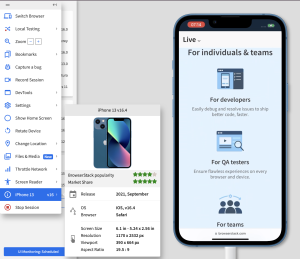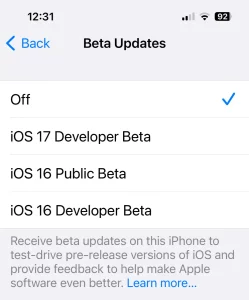
Introduction:
Lip fillers have gained popularity as a quick and non-invasive way to enhance one’s appearance and achieve fuller, plumper lips. However, despite the increasing demand for this cosmetic procedure, things can sometimes go wrong, leaving individuals feeling dissatisfied or even panicked about their lip filler results. If you find yourself in this situation, know that you are not alone, and there are steps you can take to address the aftermath of lip filler complications.
Stay Calm and Seek Professional Advice
The first and most crucial step is to remain calm. It’s understandable to feel worried or upset if you’re unhappy with your lip fillers, but panicking will not help the situation. Reach out to the professional who administered the lip fillers and express your concerns. A reputable practitioner should be willing to listen to your worries and work with you to find a solution.
Give It Time
In many cases, the initial appearance after lip fillers may not be the final result. Swelling and bruising are common side effects that can affect the appearance of your lips. Give it some time for these effects to subside and for the fillers to settle into their intended shape. It can take a few days to a week for the full effect to become apparent.

Massage the Area (If Recommended)
If your practitioner advises it, gently massaging the treated area may help smooth out any unevenness or lumps caused by the lip fillers. However, only do this if it’s suggested by a qualified professional to avoid any potential damage.
Use Cold Compresses for Swelling
If you’re experiencing swelling, applying cold compresses can help reduce it. Use a clean, cold cloth or an ice pack wrapped in a towel and apply it to the swollen area for a few minutes at a time. Be sure not to apply ice directly to the skin to avoid frostbite.
Avoid Touching or Picking
As tempting as it may be, avoid touching or picking at your lips after the procedure. Doing so can introduce bacteria and lead to infection or further complications.
Seek a Second Opinion
If you’re still unsatisfied or concerned after giving it some time, consider seeking a second opinion from another qualified and experienced practitioner. They may offer valuable insights and alternative solutions to address your concerns.
Dissolving Lip Fillers
In some cases, if you’re extremely dissatisfied with the results, or if there are complications such as asymmetry or overfilling, you may opt to have the lip fillers dissolved. Hyaluronic acid-based lip fillers can be dissolved using an enzyme called hyaluronidase, which can help reverse the effects.
Consider Corrective Treatments
Once the lip fillers have dissolved or if you’ve waited for them to wear off naturally, you can consider corrective treatments or explore other options for lip enhancement. Be sure to discuss your desired results and concerns with your chosen practitioner thoroughly.
Learn from the Experience
Going through an unsatisfactory lip filler experience can be a learning opportunity. Take time to understand what went wrong, communicate better with your practitioner, and choose your future treatments wisely.
Be Patient with Yourself
Above all, be patient and kind to yourself throughout the process. Cosmetic procedures can be emotionally charged, and it’s essential to prioritize your mental and emotional well-being. Remember that it’s okay to seek support from friends, family, or professionals if you’re feeling overwhelmed.
In conclusion, while dealing with lip filler mishaps can be distressing, it’s essential to approach the situation with a level head and take proactive steps to address your concerns. By seeking professional advice, staying patient, and considering corrective options, you can find a solution that helps you achieve the appearance you desire and boosts your confidence once again.
































